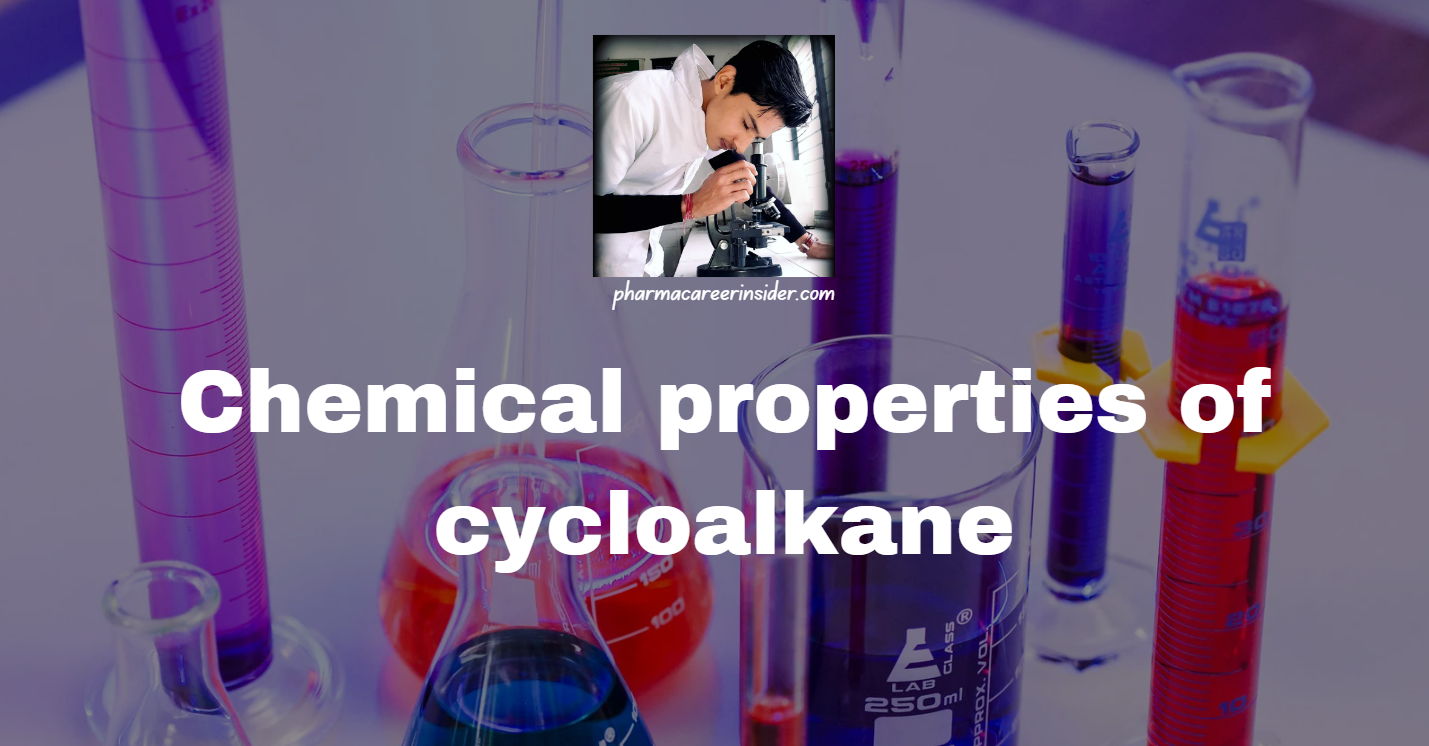Cycloalkanes are a class of hydrocarbons featuring a circular arrangement of carbon atoms. The cyclic structure introduces a distinct degree of strain to these compounds, thereby impacting their chemical characteristics. Despite displaying lower reactivity when compared to their linear counterparts, cycloalkanes remain capable of participating in a variety of chemical reactions.
1. Halogenation in the presence of UV light: Produce mono-substituted halogen without breaking the ring.

2. Addition of Cl2/Br2 in the presence of CCl4 in the dark: At ambient temperature and without diffused sunlight, cyclopropane reacts with Cl2/Br2, yielding 1,3-dichlorocyclopropane and 1,3-dibromocyclopropane, respectively. This chemical transformation involves the cleavage of one of the carbon-carbon bonds in cyclopropane, resulting in the positioning of the two halogen atoms at the ends of the propane chain.

3. Reaction with concentrated HBr and HI: Produce 1-bromopropane and 1-iodopropane, respectively, with ring braking.

4. Addition of Hydrogen / Catalytic Reduction: Cyclopropane and Cyclobutane react with hydrogen in the presence of a nickel catalyst to produce n-propane and n-butane, respectively. Cyclopentane and higher members of the family do not undergo this reaction.



 Join Our Telegram Channel
Join Our Telegram Channel